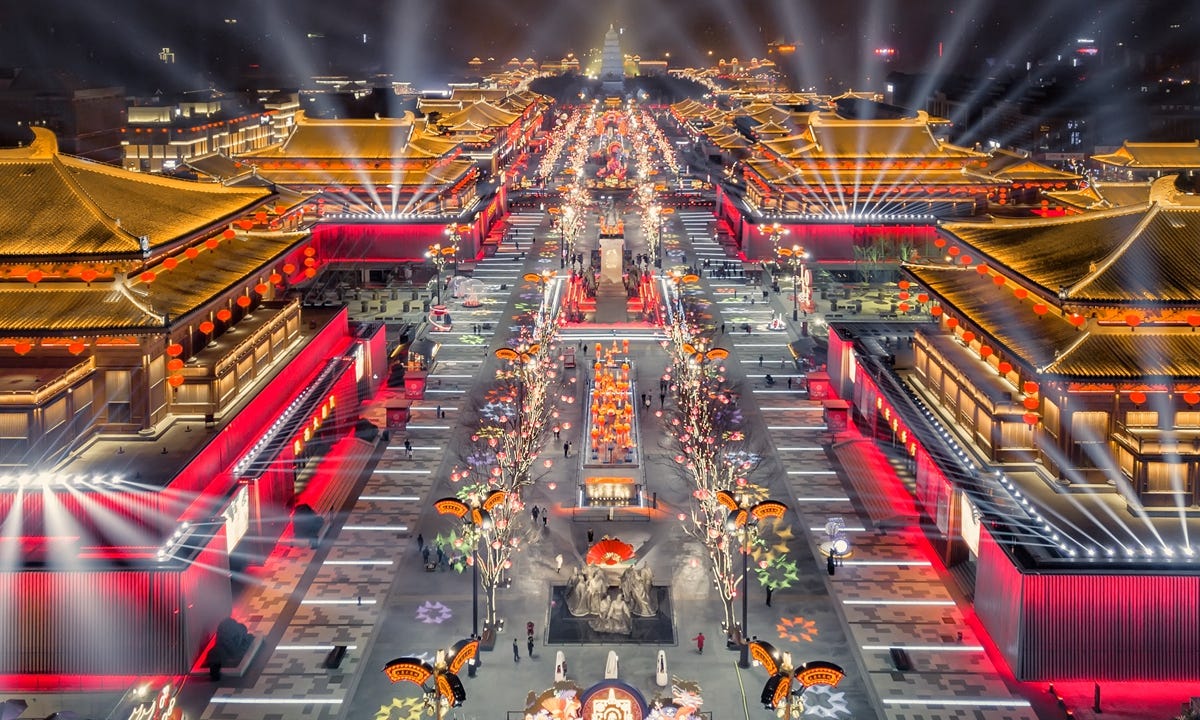By Geoff Raby
The popular theory of “peak China” is based on a misreading of data. And many of its problems are more cyclical than analysts are allowing for. It is easy to grab a headline about the end of peak China. China’s imminent economic stagnation is becoming conventional wisdom, unless, of course, one happens to be in the resources, energy, green industry, or automobile sectors, just to name a few.
There, China’s demand continues to surge or, alternatively, depending on the sector, China’s capacity threatens the extinction of foreign competitors.
The end of peak China story attracts a mix of ideologically motivated doomsayers who for decades have predicted the demise of China’s model, deeply believing it has been a house of cards all along. And geostrategic nostalgic types, who long for the return of the American-led order, which has been displaced by China’s relentless economic growth over the past four decades.
A paper in Foreign Affairs by veteran American analyst of the Chinese economy, Nicholas Lardy, effectively puts the sword to all of this. Lardy shows how misreading the data on relative inflation, and interest and exchange rates, leads to the erroneous conclusion that China’s growth is falling behind that of the US.
He first points to the “paradox” that while China’s GDP since 2019 fell from 76 per cent of America’s to 67 per cent, China’s real GDP was 20 per cent higher than in 2019, while America’s was only 8 per cent higher.
The property overhang is beginning to fall, although it will take some years to come into balance
Put together like this, it looks like China is facing a formidable gale. But it is important to distinguish between cyclical and structural factors. On the cyclical side, China’s industrial production has just recorded its fifth straight month of expansion, and core consumer prices are firming.
Construction is another cyclical factor. While it accounts for about a quarter of China’s GDP, the government has deliberately avoided stimulus packages of the past which would only add to oversupply and attracted the opprobrium of the international commentariat.
Instead, policies have supported lending to complete projects rather start new ones. According to Lardy, in 2023, for the first time, area completed exceeded area started. The property overhang is beginning to fall, although it will take some years to come into balance.
Lardy also neatly demolishes the myth about policies discouraging the private sector. While acknowledging that the private sector’s share of total investment fell from about 60 per cent in 2014 to 50 per cent in 2023, he argues this is accounted for by the shakeout in the property sector over this period, which comprises mostly private companies. When property is excluded, private investment rose by 10 per cent in 2023.
While the data is important, observations on the ground also matter. Over the past three weeks, I have visited three cities, outside Beijing, with a combined population of Australia’s: Chengdu, Jinan and Ningbo. I have visited these cities regularly over the past 15 years. They have been transformed and expanded, and it is continuing.
As the high-speed trains pass through their outskirts, uncompleted shells of apartments are a common sight, but so are new buildings. In the downtowns, urban amenities such as parks and cultural centres are ubiquitous. None of this: the modernity, quality of life, the hyper-advanced transport systems, existed 15 years ago.
And herein is probably the key to China’s continued secular growth. Urbanisation on most measures is only about 65 per cent. The developed country average is about 84 per cent. Nearly a quarter of China’s 1.4 billion population is still to find its way into these urban areas, offsetting the effects of population decline and secular stagnation.
This will, of course, continue to drive demand for Australia’s resources and energy. Lardy predicts that China will contribute about 30 per cent of world GDP growth this year, and this will continue to expand. Its economic weight, especially in Asia, will continue to grow and eclipse that of the US.
US efforts at “de-risking” – by restricting China’s access to advanced technologies – are only making China invest more in its domestic capacity.
One of the leading Chinese mobile phone makers, Xiaomi, has just unveiled an electric vehicle. Last year, EVs accounted for 65 per cent of new registrations in China. World auto manufactures are alarmed by the oncoming wave of competition. A global survey shows that in 2023, Huawei again topped worldwide telecom equipment revenue, accounting for 30 per cent of global sales. China is becoming recognised as the leader in green energy and green technologies.
Protectionism in Europe and the US, especially in this year of elections, might blow back on China as it seeks to expand exports to sustain growth. This is most likely to occur in the auto, steel, ship-building, and photovoltaic cell industries. But in electric vehicles, for example, some 75-85 per cent of consumption is in the domestic market, so protectionism will have limited impact on China’s overall growth. On the other hand, openness to China’s exports will damp down inflation in developed countries.
While policy uncertainty is an ever-present risk, as it is in most jurisdictions, as with the zero-COVID policy or “wolf warrior” diplomacy, policy mistakes in China are often corrected, sometimes quickly.
The risks of highly concentrated political power, as in China these days, need to be balanced against the overriding importance for the party-state to sustain economic growth for political stability, its capacity to do so, and its track record. Mark Twain comes to mind when we read of China’s economic demise.




